On-page SEO (Search Engine Optimization) refers to the optimization of individual web pages to improve their visibility and ranking on search engine results pages (SERPs). It involves optimizing various elements on a webpage to make it more relevant, accessible, and user-friendly for both search engines and users. Effective on-page SEO can contribute to better search engine rankings and increased organic traffic. Here are key aspects of on-page SEO and how you can implement them:
1. Keyword Research
- Identify relevant keywords related to your content and target audience.
- Use tools like Google Keyword Planner or other SEO tools to find keywords with a good balance of search volume and competition.
2. Title Tags
- Craft unique, descriptive, and compelling title tags for each page.
- Include the primary keyword naturally within the title tag.
3. Meta Descriptions
- Write concise and engaging meta descriptions that summarize the page content.
- Include the primary keyword to increase relevancy.
4. URL Structure
- Create SEO-friendly URLs that are concise, descriptive, and include the target keyword.
- Avoid using dynamic parameters and unnecessary symbols.
5. Header Tags (H1, H2, H3, etc.)
- Use header tags to structure content hierarchically.
- Include the primary keyword in the main heading (H1) and use subheadings as needed.
6. Keyword Placement
- Naturally incorporate target keywords in the content, especially in the first paragraph.
- Avoid keyword stuffing, and focus on providing valuable, readable content.
7. Image Optimization
- Optimize images by using descriptive file names and alt attributes.
- Compress images to improve page load speed.
8. Internal Linking
- Include relevant internal links to other pages on your website.
- Use descriptive anchor text that provides context.
9. Content Quality
- Create high-quality, relevant, and valuable content for users.
- Ensure content is well-written, informative, and answers user queries.
10. Page Load Speed
- Optimize images, use browser caching, and employ content delivery networks (CDNs) to improve page load speed.
- Faster-loading pages enhance user experience and can positively impact search rankings.
11. Mobile Optimization
- Ensure your website is mobile-friendly and provides a good user experience on various devices.
- Google considers mobile-friendliness as a ranking factor.
12. Schema Markup
- Implement schema markup to provide additional context to search engines about your content.
- This can enhance the appearance of your snippets in search results.
13. Social Meta Tags
- Optimize social meta tags to control how your content appears when shared on social media platforms.
14. User Experience (UX)
- Prioritize a positive user experience, including clear navigation, readable fonts, and intuitive design.
15. Regular Content Updates
- Keep content up-to-date and relevant. Regularly update and refresh your content to maintain its usefulness.
16. SSL Encryption
- Secure your website with HTTPS, as Google considers it a ranking factor.
By focusing on these on-page SEO elements, you can enhance the visibility and relevance of your web pages, making them more attractive to both search engines and users. Regularly monitor and analyze your website’s performance using analytics tools to refine your on-page SEO strategy over time.
Conclusion of On Page SEO
In conclusion, on-page SEO is a critical component of any digital marketing strategy, influencing the visibility and ranking of web pages on search engine results pages (SERPs). The key takeaway points regarding on-page SEO include:
- Relevance and User-Centric Approach:
- On-page SEO is not just about pleasing search engines; it’s about providing value to users. Relevance and user-centric content should be the primary focus.
- Keyword Optimization:
- Conduct thorough keyword research and strategically incorporate target keywords into essential elements such as title tags, meta descriptions, headers, and content.
- Content Quality and Freshness:
- High-quality, informative, and regularly updated content is crucial. It not only attracts users but also signals to search engines that the content is current and relevant.
- Technical Optimization:
- Technical aspects, such as URL structure, page load speed, mobile optimization, and SSL encryption, play a crucial role in providing a positive user experience and influencing search rankings.
- Structured Markup and Social Meta Tags:
- Implementing structured markup, such as schema.org, and optimizing social meta tags can enhance the appearance of search results and improve click-through rates.
- Internal Linking:
- Internal linking helps create a logical site structure, guiding users to relevant content, and distributing link equity across the site.
- Multimedia Optimization:
- Optimize images with descriptive alt text and filenames. Multimedia elements, when optimized, contribute to a more engaging user experience.
- Regular Monitoring and Adaptation:
- Regularly monitor website performance using analytics tools. Analyze user behavior, page rankings, and other metrics to adapt and refine on-page SEO strategies over time.
- Security and HTTPS:
- Ensure the security of your website by implementing HTTPS. Google considers secure websites as a positive ranking factor.
- Holistic User Experience:
- The overall user experience, including design, navigation, and readability, contributes to the success of on-page SEO efforts. A positive user experience enhances the likelihood of user engagement and conversions.
By combining these on-page SEO strategies, website owners and digital marketers can create web pages that are not only optimized for search engines but also provide a seamless and valuable experience for users. As search engines continue to evolve, staying informed about algorithm updates and adapting on-page SEO practices accordingly is essential for maintaining and improving search rankings.
For more know contact us and Do follow on Instagram

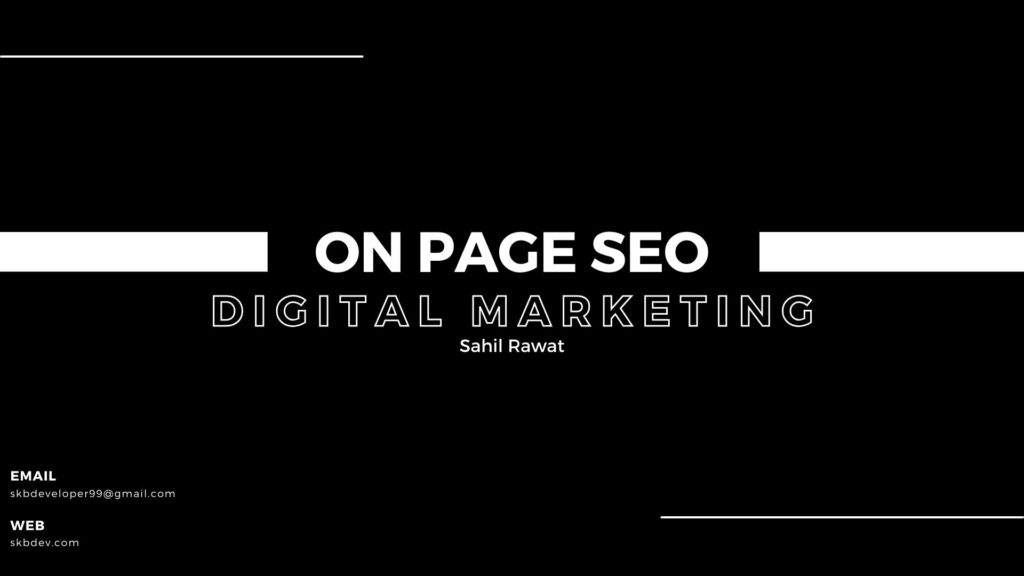



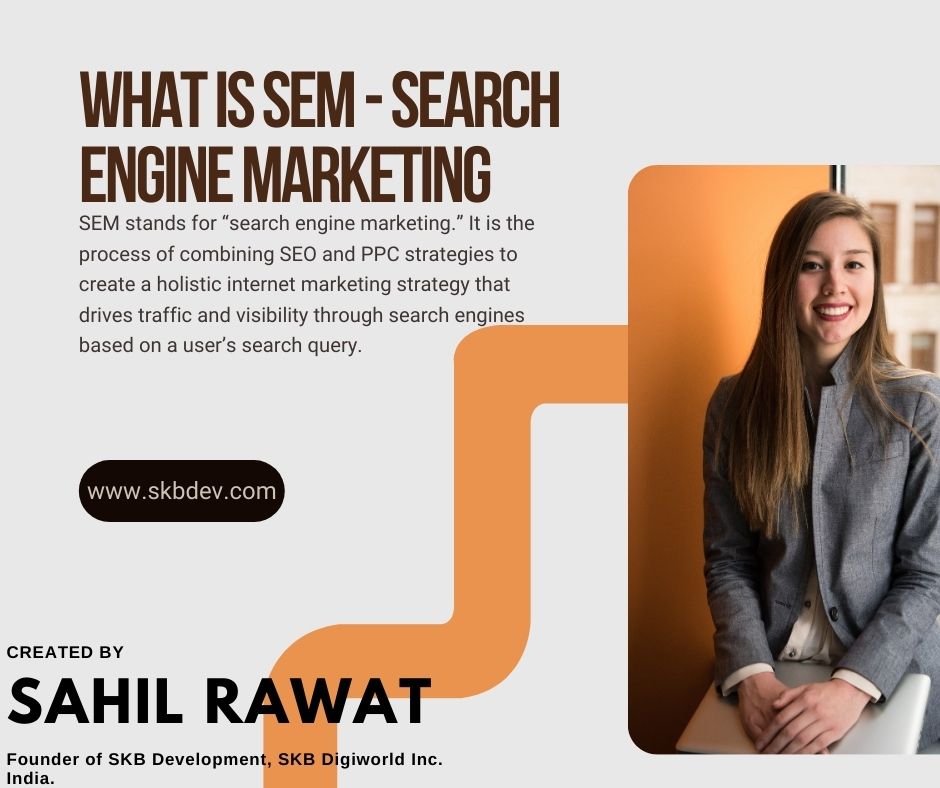

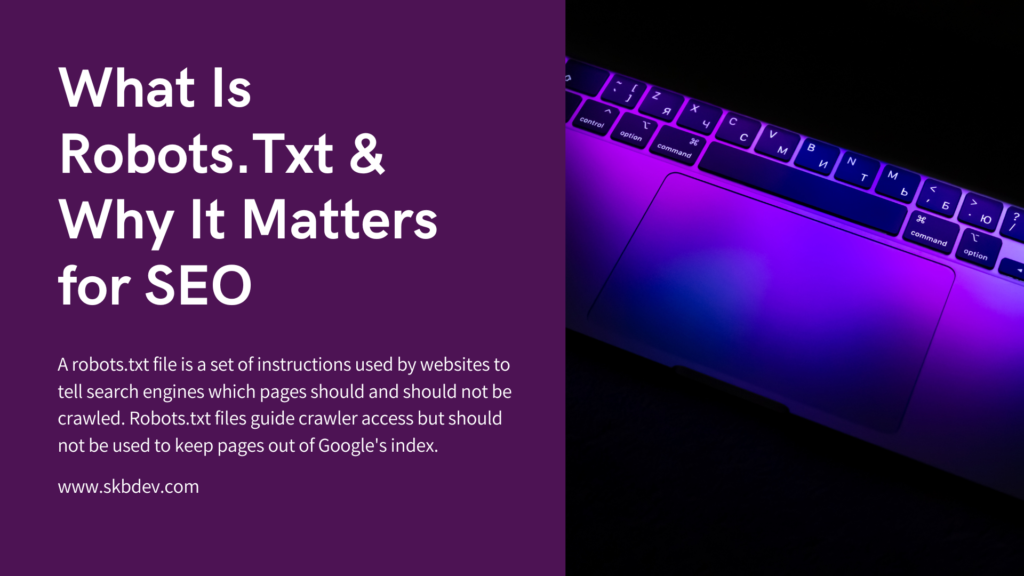
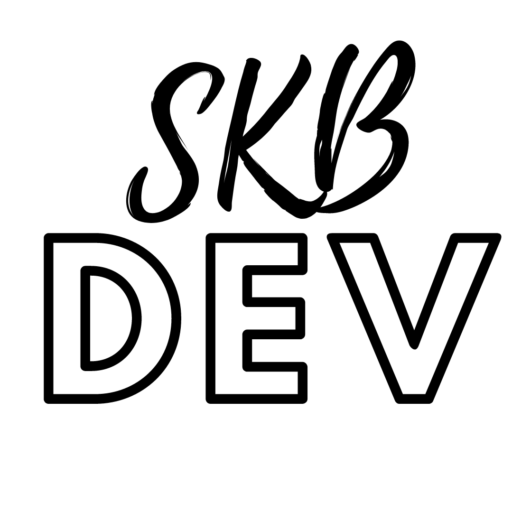
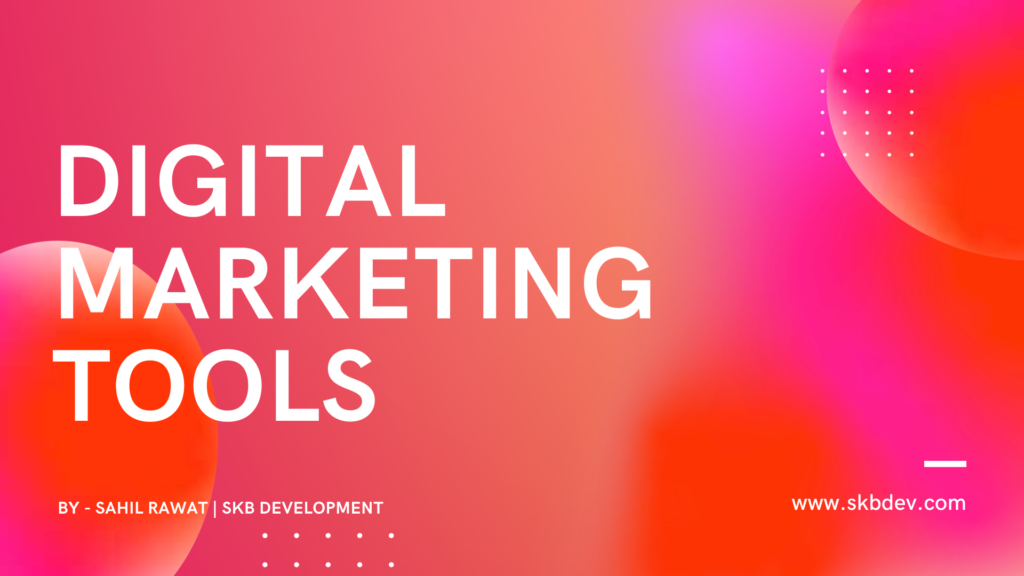
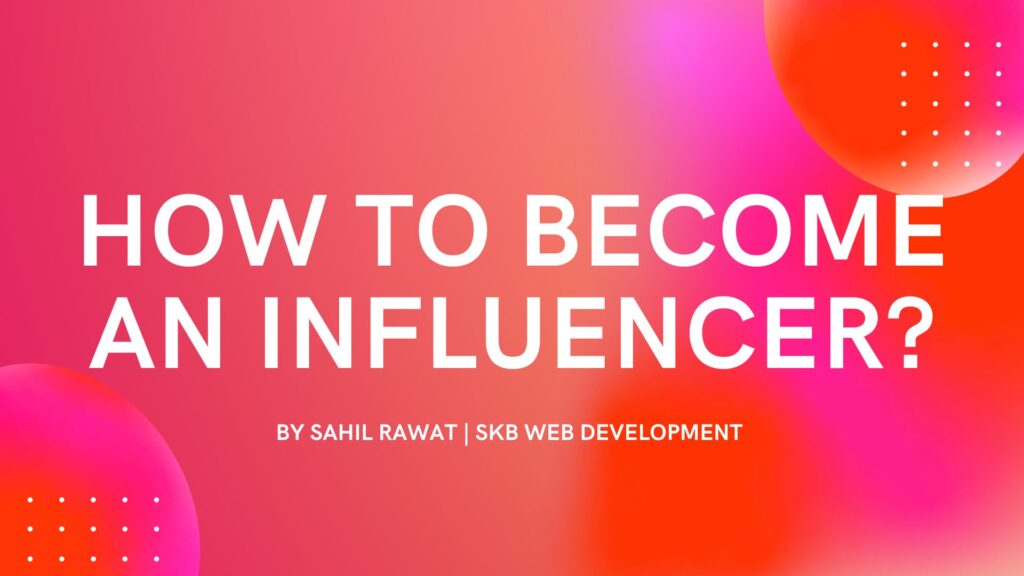
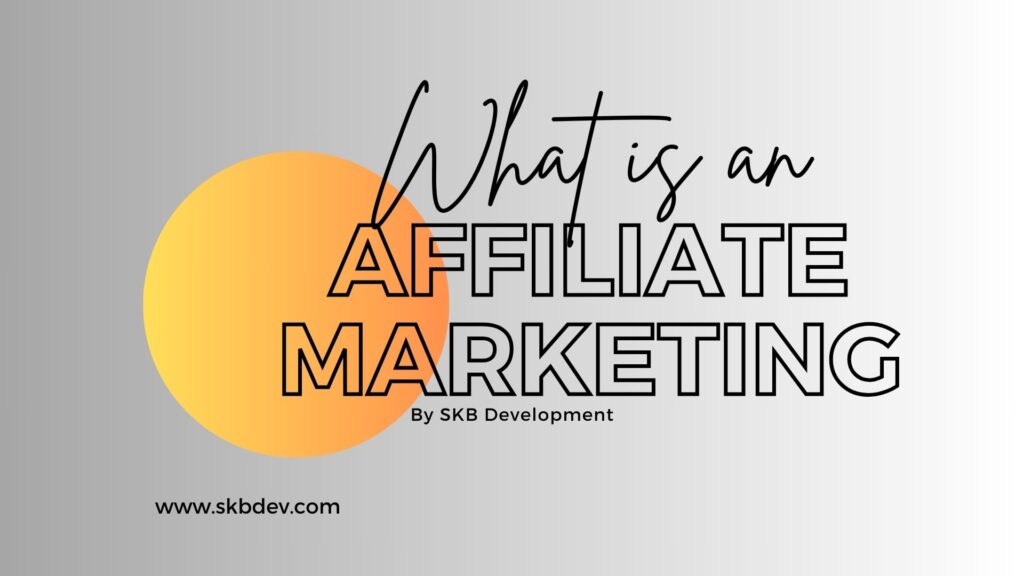
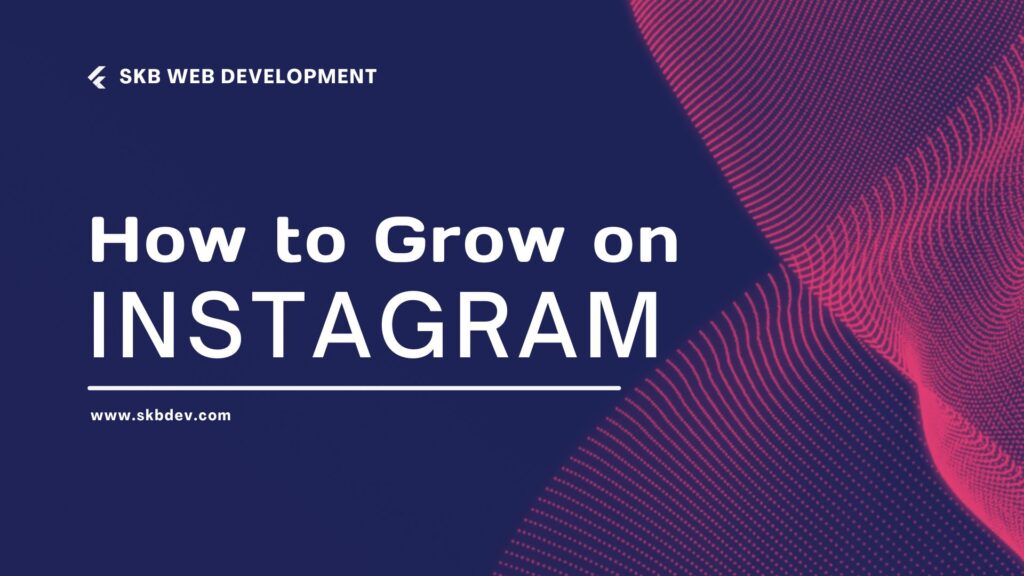

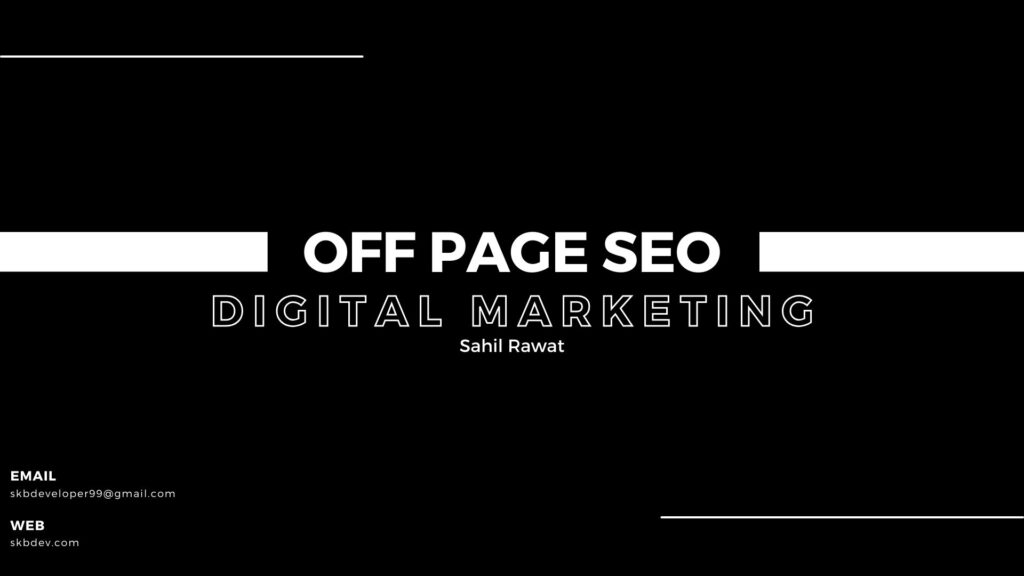

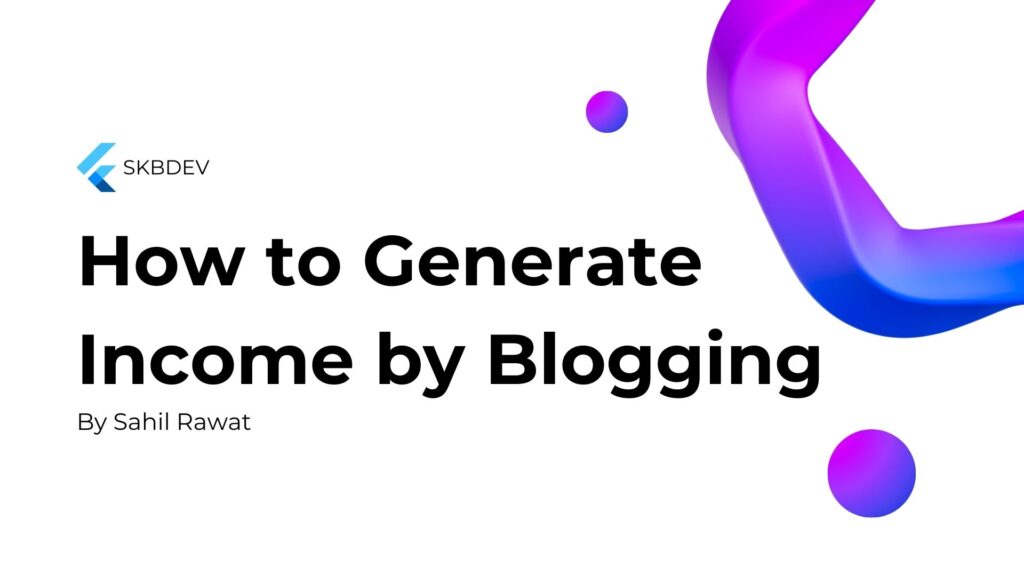
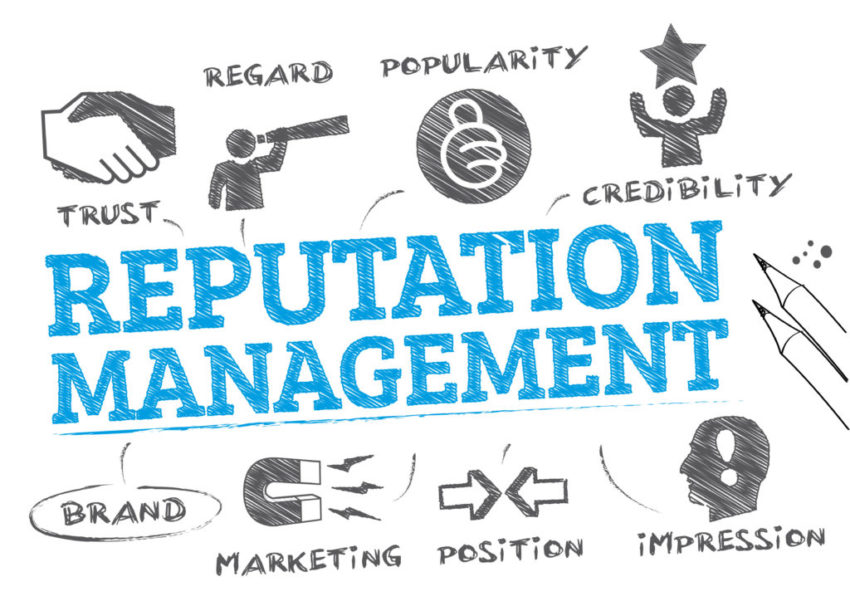
Pingback: What is AI (Artificial Intelligence) - SKB Development
I loved you even more than you’ll say here. The picture is nice and your writing is stylish, but you read it quickly. I think you should give it another chance soon. I’ll likely do that again and again if you keep this walk safe.
hiI like your writing so much share we be in contact more approximately your article on AOL I need a specialist in this area to resolve my problem Maybe that is you Looking ahead to see you
I really liked this article. It’s concise, and to the point. It’s a very good article for anyone who’s just getting started in SEO. This article introduces you to SEO without overwhelming you. Thank you for writing this article
Usually I do not read article on blogs however I would like to say that this writeup very compelled me to take a look at and do so Your writing taste has been amazed me Thanks quite nice post